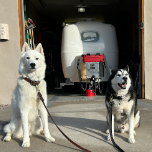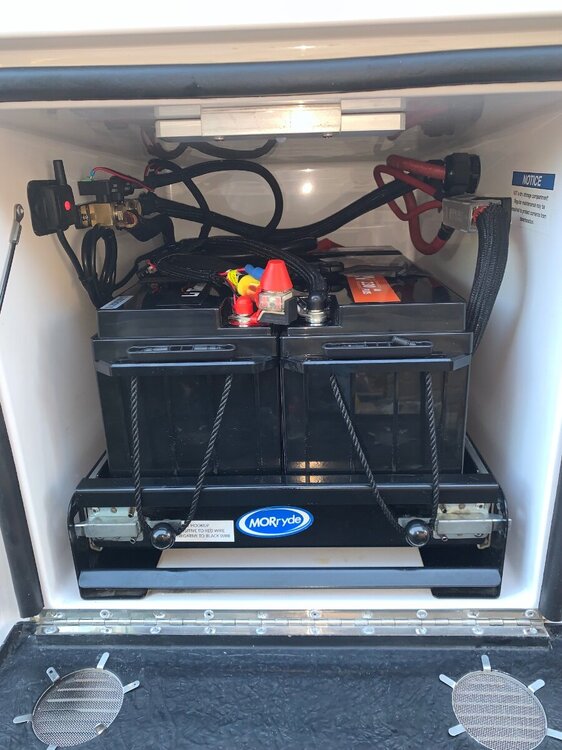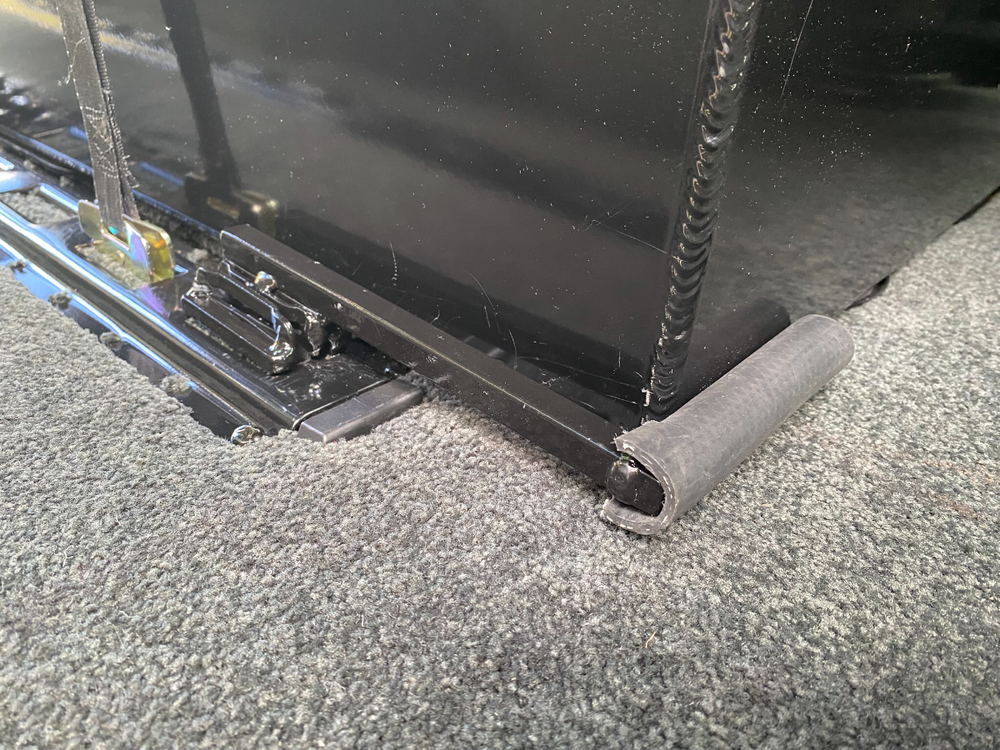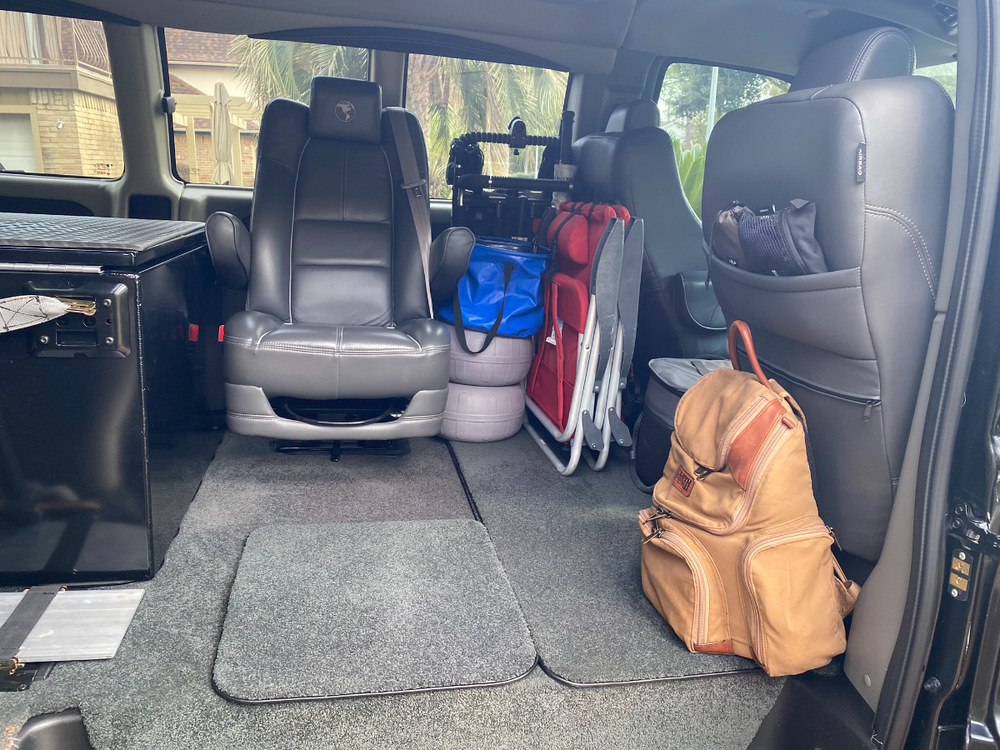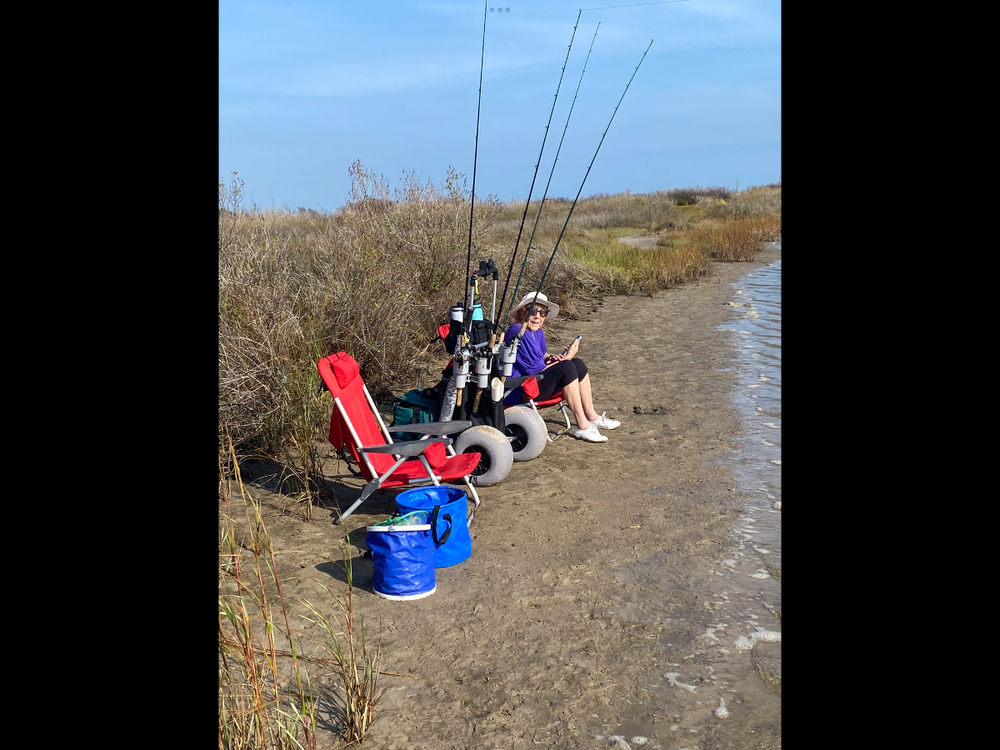-
Posts
1,119 -
Joined
-
Last visited
-
Days Won
35
Ronbrink last won the day on December 4
Ronbrink had the most liked content!
About Ronbrink
My Info
-
Gender or Couple
Male
-
Location
Houston
My RV or Travel Trailer
-
Do you own an Oliver Travel Trailer, other travel trailer or none?
I own an Oliver Travel Trailer
-
Hull #
579
-
Year
2020
-
Make
Oliver
-
Model
Legacy Elite II
-
Floor Plan
Twin Bed Floor Plan
Recent Profile Visitors
2,697 profile views
Ronbrink's Achievements
-
Oops, I stand corrected again! I assumed the listings were in alphabetical order, but there it is….Turbro! I’m even more hopeful now that things can be worked out.
-
@CRM - I have since learned there is a QUIETSIDE Turbo air conditioner to which Cielo is referencing in their compatibility link and thus, I stand corrected. You were correct in your questioning, Turbro is not in the Cielo database. Hopefully the tech support you contacted can provide a viable alternative in programming a new template for the Turbro. Good luck with that endeavor!
-
Another thought, try to find out if the Turbro remote listed by Cielo is compatible with your Turbro inverter a/c model.
-
Bummer! I referenced the aforementioned Cielo link to check remote compatibility for Turbro branded units (the link actually shows ‘Turbo’, but certain that is in error) and saw only one remote model (being either Celsius or Fahrenheit specific) listed, wherein there are 32 remote models listed for Pioneer products. When contacting support you may want to ask, if by chance, there is a universal aftermarket remote available that is known to work in a Turbro/Cielo application.
-
Nor I and furthermore, I honestly believe the Cielo to be much smarter than me when it comes to air conditioners!
-
I remain optimistic! Prior to total shutdown (“killing power with every cycle”), the compressor first turns off when a temperature set point is reached, the air supply fan will continue to run thirty seconds or so before turning off, the condenser fan will continue to run an additional thirty seconds, then the unit is totally powered off by the Cielo. I think this staged shutdown is by design, perhaps to prevent perceived damage(s); by no means a sudden ‘hard stop’ of all said components at once. At a predetermined set point the compressor will turn back on as power is restored via the Cielo, followed by startup of the air supply fan; by no means simultaneously and thus, allowing time for the compressor’s soft start device and respective run capacitors to engage the individual start sequences and not overload the unit’s control system. Once again, all by design. This is why it is highly advised not to use a circuit breaker to cycle an A/C off and on to help regulate temperature and/or humidity issues, in which a “Cold Started” situation will occur and likely cause damage(s) to said components. I’m a solid year in and counting!
-
In an effort to address @Geronimo John’s concern, “So the real question that it does not answer is: Was the start/stop impact of the Cielo system cause any harm to the A/C in the process?”. Based on findings thus far, the Cielo can be programmed the turn off the supply air fan soon after shutdown of a compressor’s normal operating cycle. In this process, AC power to the A/C unit is totally turned off. The Cielo will then cycle the compressor back on in typical fashion, at which time AC power is immediately restored and the supply air fan subsequently turns on in sync. It is my understanding that use of the Cielo in this manner does not significantly alter the normalcy in compressor cycling and thus, is of no detriment to the compressor; and turning the supply air fan on and off as described, only mimics an A/C operating in AUTO Mode, wherein the supply air fan runs in sync with the compressor in both cooling and heating settings. However, if an A/C unit is prone to short cycling (for varied reasons), continuance can lead to wear and tear, and premature failure of components.
-
I think it is important to run the vent fan when showering, as well as post showering for a while with the door closed, to remove as much moisture possible; even in cold weather conditions. While running with the door closed, the vent fan creates a negative pressure within the wet bath and draws heated air in through the vanity HVAC duct and any installed lower vent from within the under dinette area for that matter. Once the wet bath is completely dried, the vent fan can be turned off and door left open, whereby conditioned air entering the under dinette area via an installed lower vent is less likely to cause adverse effects and possibly improve return air ventilation.
-
When I got the Starlink Mini, I ditched the weBoost and now rely on Wi-Fi rather than a cellular network in areas with poor cellular service.
-
Great looking restoration and appearance upgrade, and looking forward to details of the new air conditioner install and first impressions! I have a feeling you will be using that scaffolding more often now to keep your Olie lookin’ purdy!
-
Both @topgun2 and I have installed dual 230Ah LiTime (w/o BT) LFPs and I myself am very pleased with the performance of these batteries. We both have posts of our respective installations for you to glean.
-
Lessons learned from our previous trip to Galveston Island SP, better cargo securement and improved fishing equipment handling. In an effort to better hold the two cargo boxes in place during transit, I welded some adjustable stops to mitigate movement. Although the ratchet straps are still necessary for hold-down securement, they allowed said boxes to slide a tad. I simply modified some rail system fasteners to make stops, which worked great in application! I also wanted to incorporate fishing into our coastal trips to share the same joy of angling I’ve had most of my life with my wife. During a prior trip we had to carry all of the equipment to fishing spots, a burdensome task for these elders. Upon return home I ordered a beach cart, problem solved! Our last trip proved much easier and enjoyable, wherein the cart could be loaded for fishing connivence or for a relaxing evening just sitting on the beach to watch the moon rise and sun set. I also addressed an issue in transporting my rods and reels in the Savana. Here are some pics: Set of stops readied for installation. Forward cargo box stop in place. Rearward cargo box stop in place. Beach cart mockup. Dismantled cart and fishing equipment staged for transport. Fishing spot setup. Rod and reel holder in Savana.
-

Greenlee Turbro 13.5k Inverter AC / Heatpump install.
Ronbrink replied to CRM's topic in Ollie Modifications
Creating such a space will likely impact the return air filtration aspect of the unit and thus, require further modification to compensate. -
Regarding Turbro branded units, there are only two results listed. Although the Turbro and Pioneer inverter RV rooftop air conditioners are both deemed ‘smart’ units, there are distinctive differences in the two to be considered when selecting one over the other. Aftermarket control devices such as the Cielo, may not be able to interface with the proprietary control systems of these units and thus, looking forward to @CRM’s findings.
-
I recently saw on LinkedIn that the Dreiha Atmos 4.4 is still available, SDG only switched to TOSOT due to tariff cost-related issues. When last checked they install the 15000 BTU unit. I see that the 16000 BTU ‘Go Cool’ model is currently listed for $902 (White) and $1300 (Black) on Amazon!


